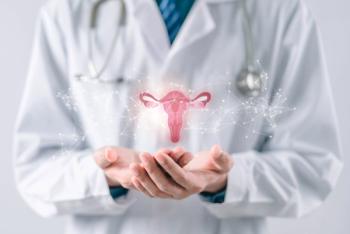
How common is incomplete screening for fetal anatomy?
Incomplete visualization is common during screening ultrasonography for fetal anatomy, according to results of an analysis of more than 16,000 such examinations performed at a high-volume obstetric ultrasound center. The data, from a retrospective cohort study, appear in The Journal of Ultrasound in Medicine.
The authors reviewed data on screening anatomic sonograms performed on 16,300 women (mean age 30.8 ± 6.3 years) at 17 through 21 weeks’ gestation (mean gestational age 18.8 ± 1.0 weeks) with singleton pregnancies. The scans were done between January 2009 and December 2013. The goals of the analysis were threefold: (1) to determine whether visualization of anatomy had been incomplete at the initial exam; (2) check for a recommendation for a performance of repeat sonography in women whose initial screening ultrasound was incomplete but otherwise normal; and (3) determine whether, with repeat sonography, abnormal fetal anatomy had been identified in anatomic components that were previously incompletely visualized.
Of the initial screening examinations reviewed, 2157 (13.2%) had incomplete visualization of fetal anatomy. Repeat screening was recommended to 91.5% of women who were eligible for it, of whom 92.8% went for another sonogram. A total of 1560 repeat screening ultrasound examinations were performed, 8 (0.5%) of which showed an abnormality in the components of anatomy that were previously visualized incompletely.
“Incomplete visualization was common in screening fetal anatomic ultrasound examinations,” said the authors, who characterized recommendations for repeat imaging as “nearly universal.” Abnormal fetal anatomy was infrequently discovered on repeat screening.
Silvestri MT, Pettker CM, Raney JH, et al. Frequency and importance of incomplete screening fetal anatomic sonography in pregnancy. J Utrasound Med. 2016;35(12):2665–2673.
Newsletter
Get the latest clinical updates, case studies, and expert commentary in obstetric and gynecologic care. Sign up now to stay informed.










